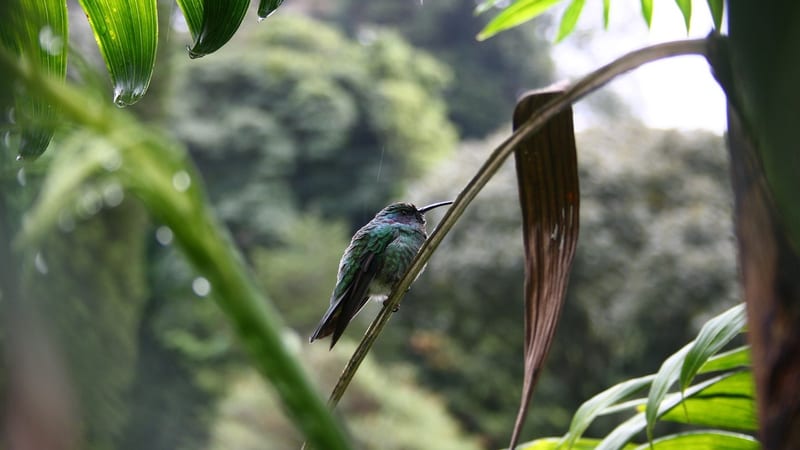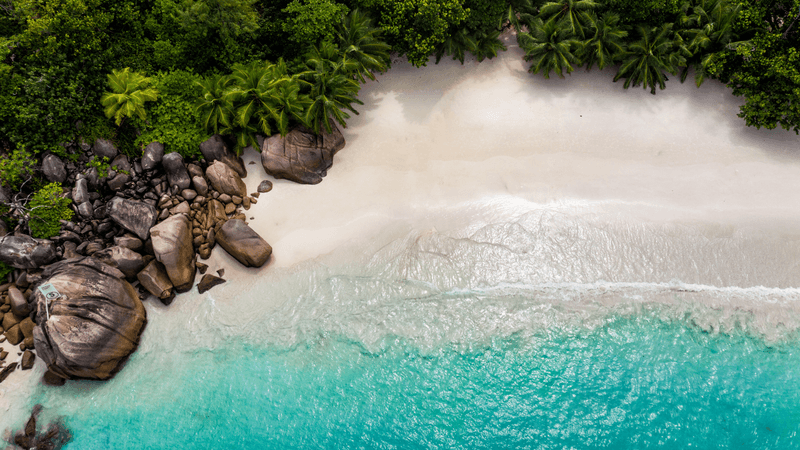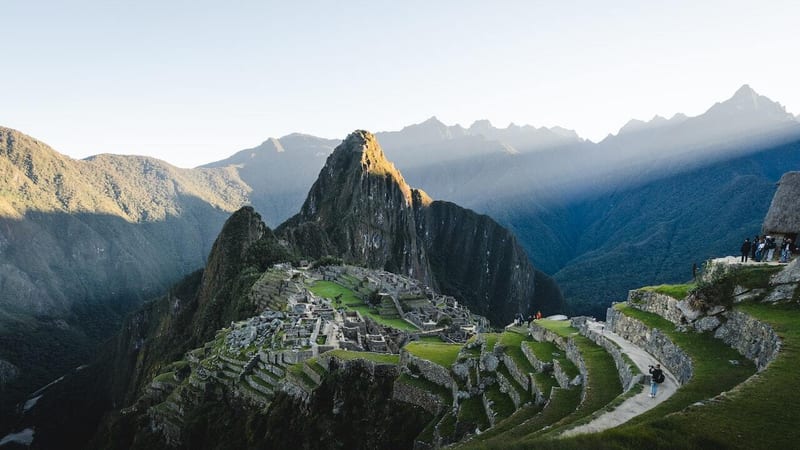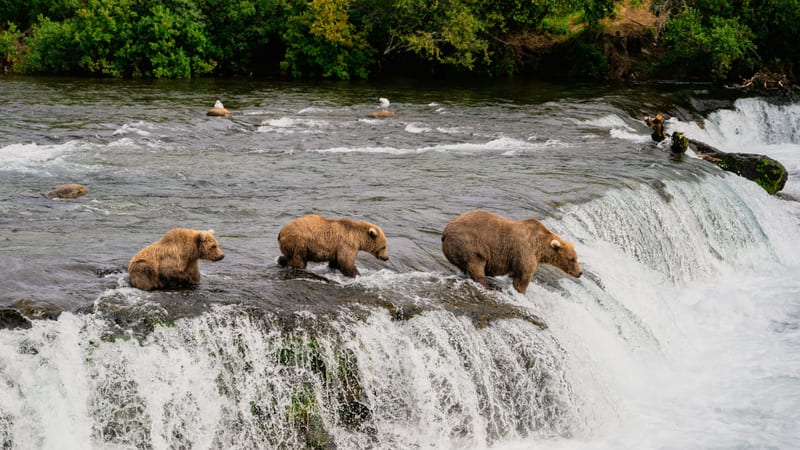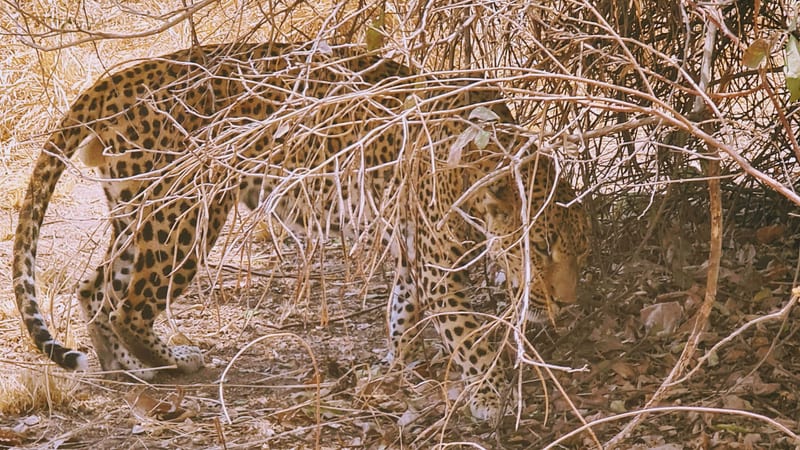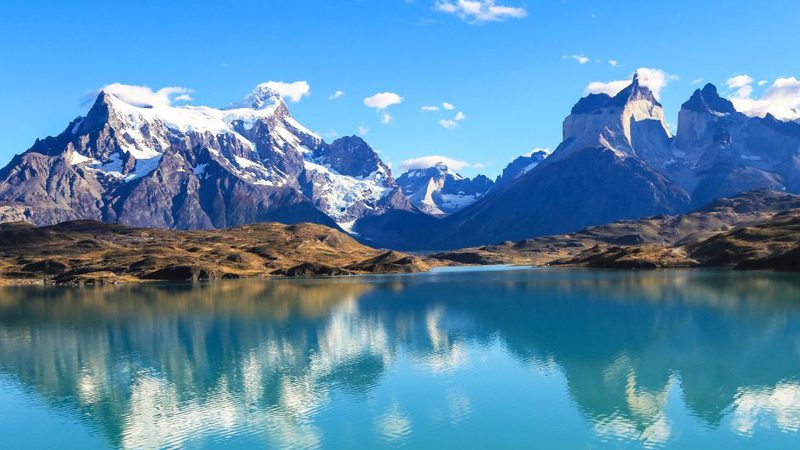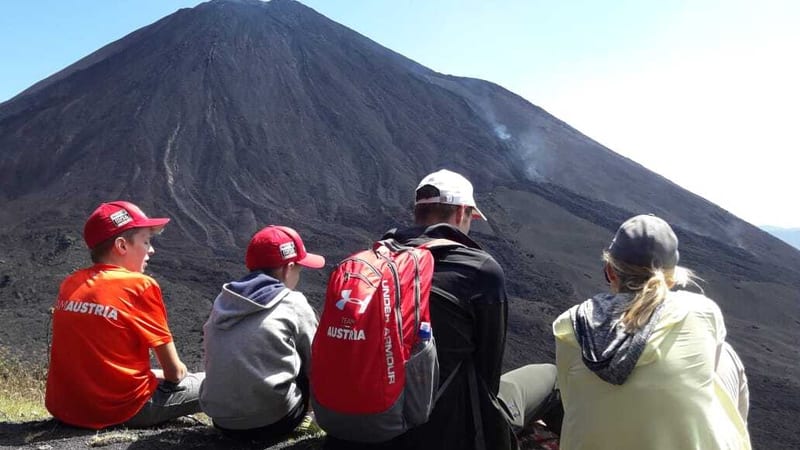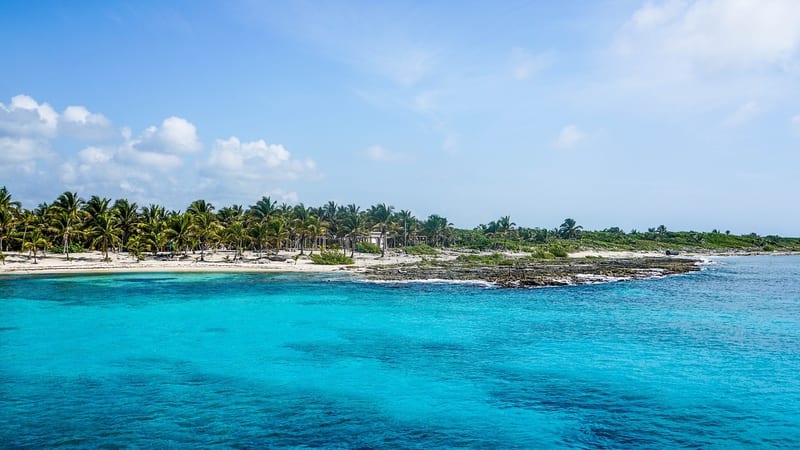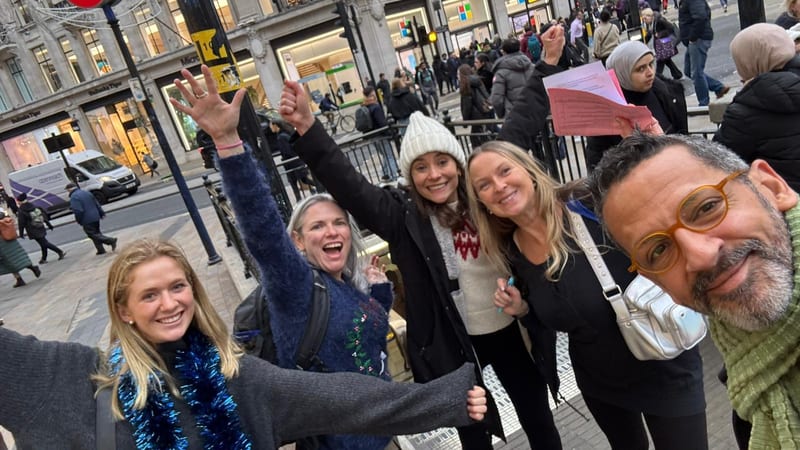
Quick Facts
- Area: 824,292 sq km
- Population: 2,182,852
- Capital: Windhoek
- Religions: Christian (Lutheran), indigenous beliefs
- Languages: English, Afrikaans, German, indigenous languages
- Currency: Namibian Dollar (NAD)
- Time Zone: GMT + 1 hour (from the first Sunday in April to the first Sunday in September); GMT + 2 hours (from the first Sunday in September to the first Sunday in April)
Geography and Climate
Namibia is a large and sparsely populated country on Africa’s southwest coast. Namibia's dominant geographic features makes for a harsh environment to live in: the coastal Namib Desert, central semiarid mountains, and the Kalahari Desert in eastern Namibia.
The climate is typically semi-desert with hot days and cool nights. The cold Benguela Current keeps the coast cool and free of rain most of the year; Namibia averages about 300 days of sunshine a year. The rainy season lasts from October to April. The rest of the year is dry and cloudless. Midsummer temperatures may rise to over 40°C (104°F). Winter days are warm, but dawn temperatures may drop to freezing. Ocean currents coming from the south make the coastline cooler and subject to sea fog.
Windhoek
Average annual temperature and rainfall:

Passports and Visas
Visas for Namibia will be issued at immigration on arrival into Windhoek Airport – these are free for British Nationals. All visitors should have at least one full blank page in their passports which should be valid for at least six months beyond the intended departure date from Namibia. Proof of onward travel documents are also required. Before leaving the immigration desk in the airport arrivals hall, check that you have been given permission to stay in Namibia for the duration of your intended visit (up to the maximum allowable of 90 days) and that you have been given a correctly dated entry stamp by Namibian Immigration officials, as this will be checked on departure.
Check the foreign office for all the latest travel advice for Namibia.
Health
We hope the information below is helpful, but it is only guidance; requirements change frequently and you MUST check all health requirements yourself with your GP.
- There risk of malaria varies across Namibia; you should check with your GP what the requirements are for your destination. Antimalarial medication should be used in conjunction with preventative measures such as mosquito repellent, wearing long-sleeved shirts and trousers and using mosquito nets and coils in your bedroom where supplied.
- There is no risk of yellow fever in this country, however, there is a certificate requirement for travellers arriving from countries with a risk of yellow fever transmission.
- It is very important that you drink plenty of water especially during the warmer months. Remember that tea, coffee and alcoholic beverages, act as diuretics and therefore can contribute to dehydration. Generally, water throughout Namibia is safe to drink directly from the tap. However, bottled water is readily available, so please do not allow yourself to become dehydrated.
- Please ensure that you are fully up to date with your country of destination’s Covid travel policies. Click here for the latest FCO advice.
More information on the latest health requirements can be found at the Travel Pro Health website.
Insurance
Your travel insurance should provide cover for cancellation and curtailment, medical insurance, lost or damaged baggage and emergency evacuation. We are fortunate to be partnered with Rush Insurance who provide a range of travel insurance policies specifically for the type of trips we offer. We have a dedicated page on their website here.
Money
The Namibian Dollar is the official currency and is fixed and equal to the South African Rand. Both these currencies can be used freely in Namibia, but the Namibian Dollar is not legal tender in South Africa. American Express, MasterCard and Visa are accepted. Check with your credit or debit card company for details of merchant acceptability and other services, which may be available. Please note, service stations do not accept credit for petrol.
Tipping
As a general guide, a 10% tip is customary in a restaurant, but only if you are satisfied with the service. For your guides, we would recommend about US $5 per day, and for the camp staff, a communal tip of US $3 per day would be perfect – on condition that you have received good service.




